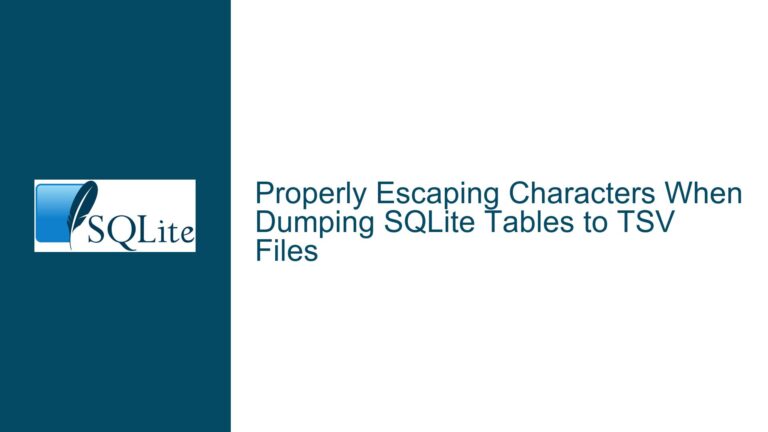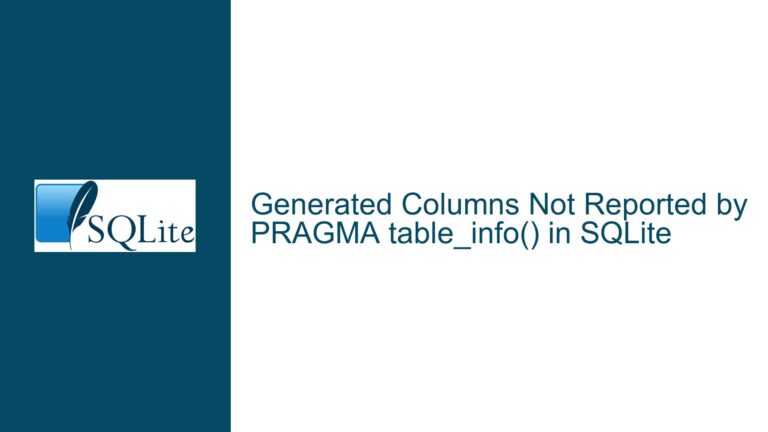RSS Feed Configuration and Content Issues in SQLite Forum
RSS Feed Misconfiguration and Inadequate Content Presentation The core issue revolves around the misconfiguration and inadequate presentation of the RSS feed for the SQLite forum. The RSS feed, which is intended to provide users with updates on forum threads, is not functioning as expected. Instead of displaying a concise list of forum threads, the feed…









